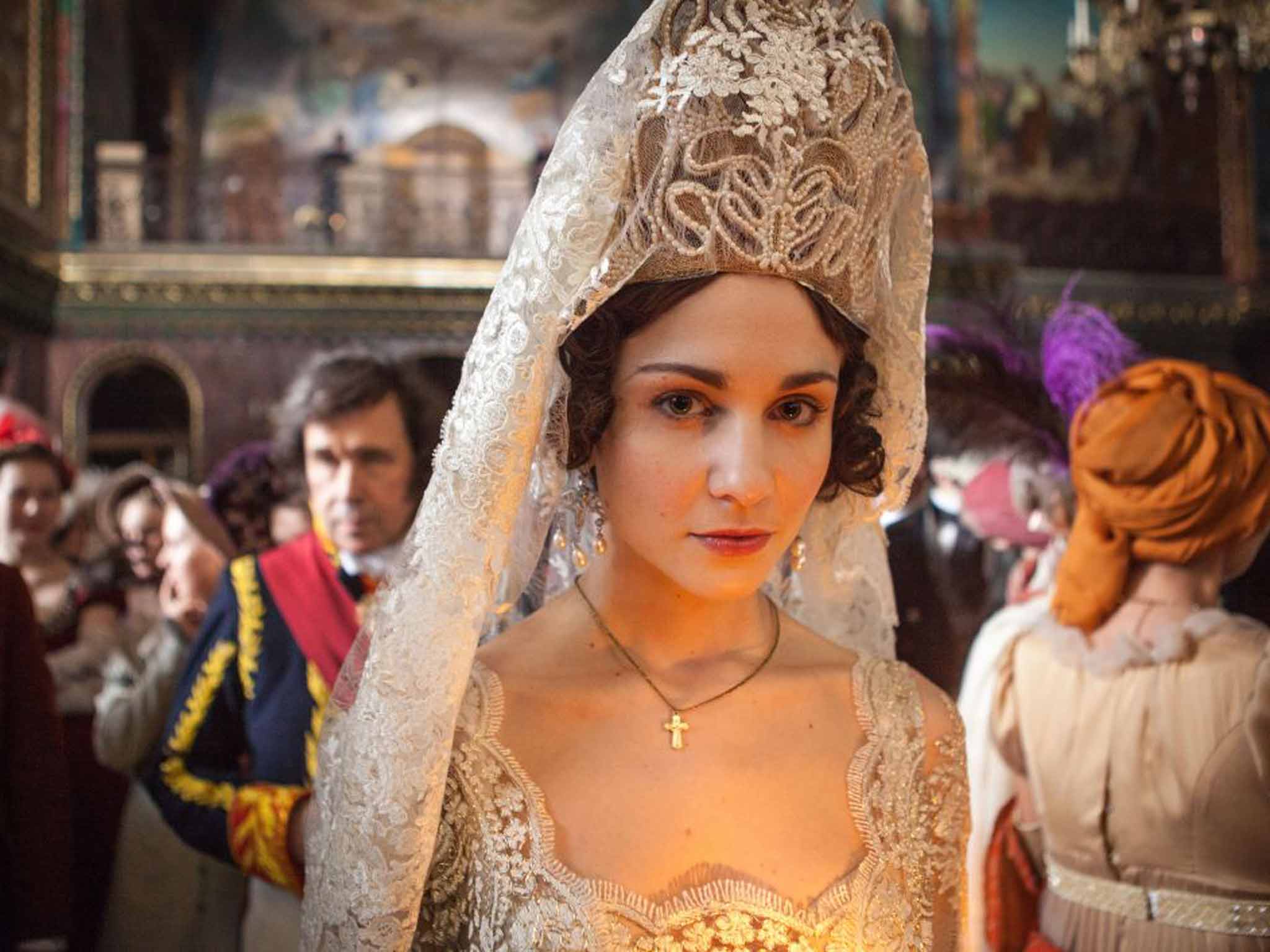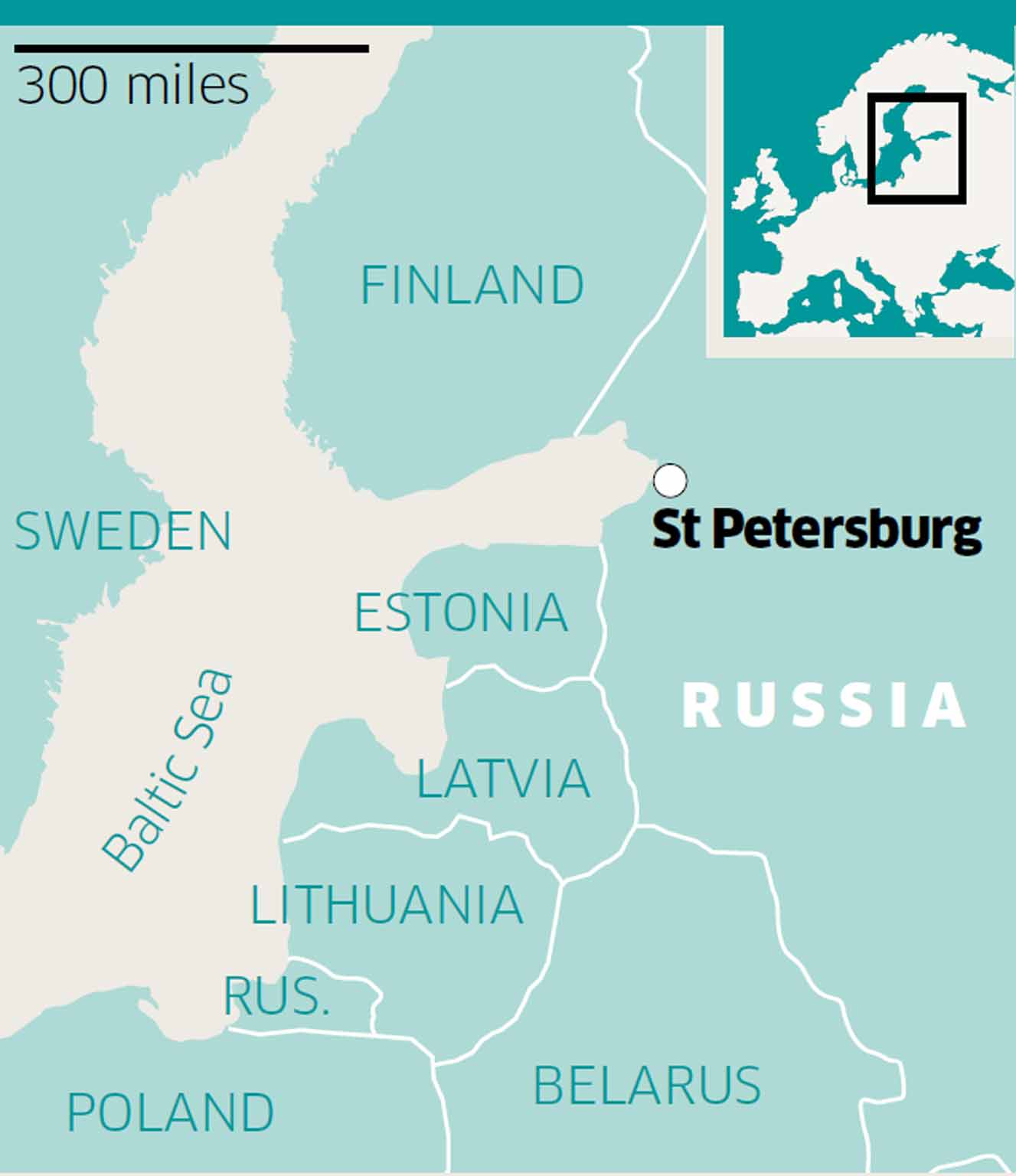The Independent's journalism is supported by our readers. When you purchase through links on our site, we may earn commission.
St Petersburg and 'War and Peace': Exchange rates and restored palaces make this a sparkling city for all seasons
Restored palaces and favourable exchange rates encouraged Adrian Hamilton to make a visit

Your support helps us to tell the story
From reproductive rights to climate change to Big Tech, The Independent is on the ground when the story is developing. Whether it's investigating the financials of Elon Musk's pro-Trump PAC or producing our latest documentary, 'The A Word', which shines a light on the American women fighting for reproductive rights, we know how important it is to parse out the facts from the messaging.
At such a critical moment in US history, we need reporters on the ground. Your donation allows us to keep sending journalists to speak to both sides of the story.
The Independent is trusted by Americans across the entire political spectrum. And unlike many other quality news outlets, we choose not to lock Americans out of our reporting and analysis with paywalls. We believe quality journalism should be available to everyone, paid for by those who can afford it.
Your support makes all the difference.Relations between Britain and Putin's Russia may have become pretty frosty of late but the romance of the place and its past goes on, thanks to the BBC's latest adaptation of Tolstoy's epic War and Peace, with all those glittering balls and passionate aristocrats readying themselves for battle. And then there is the falling cost of going there. When we first thought of going to St Petersburg two years ago, the exchange was at a little over 50 roubles to £1. When we finally got there late last year it was over 100, which is where it now stands, making St Petersburg one of the cheapest cities in Europe.
Cheapest but also the most opulent, not so much in the facilities – although there are plenty of luxury hotels in the city – but in the presence of the palaces and pomp of its imperial past. This was my first visit but, if I had worried that it might prove disappointing, warned by some purists that it was like a “Potemkin village”, all restored façade with nothing behind, I couldn't have been more mistaken. The 18th-century palaces that Peter the Great and his successors built in and around his new capital on the Baltic, were all too real and all too splendid.
There is nothing false, let alone glitzy, about the extensive work of restoration that has been going on since the end of the war. St Petersburg, or Leningrad as it was then called, suffered the most horrendous 872-day siege from 1941-44, the longest and most destructive in modern history, as the BBC's recent documentary on Shostakovich's Leningrad symphony – written largely in the city during the siege – bleakly showed. But just as his symphony was performed during the darkest days to display the spirit of its people, so the post-war restoration of the finest palaces was undertaken to reassert the city's pride and to give an absolute and permanent answer to Hitler's declared intention to raze to the ground the birth place of the Russian revolution.

Determined to preserve their heritage, the Russians shipped off the original architect's drawings and decoration designs for the palaces, along with best works of art, to the Urals as the Germans approached. From the moment of German defeat, the job of meticulous reconstruction was begun.
It is still going on, the regilding of the fountains of Peterhof, the garden pavilions of Tsarskoe Selo, the noble mansions along the canals of St Petersburg, the great ballrooms where Prince Andrei first meets, and falls in love with, Natasha in War and Peace. Each season brings new rooms opened and wonders revealed.
One symbolic restitution will be the reburial due belatedly this year of Tsarevich (Crown Prince) Alexei and his sister, shot by the communists in Yekaterinburg in the Urals in 1918, along with their father, the last Tsar, Nicholas II, mother and three other sisters.
The remains of Tsar Nicholas and the other members of the family had been recovered soon after the fall of the Soviet Union. They were buried in 1998 in the family vaults of the Cathedral of St Peter and St Paul, along with the retainers and doctor executed with them. Crowds of over a million lined the route. The bones of poor sickly Alexei and his sister still await the final approbation of the Russian orthodox patriarch, who has declared the whole family saints and martyrs, and is insisting on further tests to prove their descent.
The collapse of the Soviet Union has led to a rapprochment between church and state, not least under Vladimir Putin. All over this city, once famous for its tolerance and diversity, churches have been returned to their former owners after being used as everything from warehouses to hostels during communism. The mosaic craftsmen are back to work and the interiors glittering in their gold and blues.
But the best news for art lovers going to St Petersburg has been the opening last year of the Hermitage's extension in the neo-classical General Staff Headquarters. Monumental in scale, designed by the Russian architects Studio 44, five courtyards have been glassed over, and two floors of airy galleries created, approached by a couple of sweeping stone staircases and 20ft doors.
And what art it shows. The Hermitage has the largest collection of paintings in the world: Da Vincis, Rembrandts, Titians, the lot. But it also has one of the great collection of early modernist art by Matisse and Picasso, gathered by the two great competing Muscovite collectors before the First World War, seized by the communists and finally sent off to St Petersburg after the Second World War because Stalin didn't want such decadent modernism in Moscow.

It is this modern art which has been moved to the new annexe. There's little to guide you there either from the old Hermitage or the outdoor entrance to the General Headquarters building. With a separate ticket available at the door, you can come without booking. The tour groups that make viewing the old masters in the Hermitage palace such an obstacle course don't come here, and you can gaze at some of the most important art of our age virtually alone.
Spring and autumn are the best times to go, although there's always the friendly inhabitant who will insist that winter is best, when the canals are frozen and the temperature descends to minus 40C, the sights are empty of tourists and the public places heat up. Restaurants and cafés are plentiful and affordable at current exchange rates. Opera and ballet are superb but remain pricey. English is more frequently spoken, especially among the young. Getting a visa remains a nightmare of bureaucratic form filling and costly, but you get there in the end. And what an end. In St Petersburg the past is the present and for a very modern reason.
'War and Peace' continues on Sundays on BBC1 at 9pm
Getting there
St Petersburg is served by British Airways (0344 493 0787; ba.com) from London Heathrow. City breaks and tours are offered by Regent Holidays (020 3131 4386; regent-holidays.co.uk), Cox & Kings (020 7873 5000; coxandkings.co.uk) and Kirker Holidays (020 7593 1899; kirkerholidays.com).
Visiting there
Hermitage Museum, 2 Palace Square, St Petersburg (hermitagemuseum.org). Admission 600 roubles (£6).
Red tape and more information
Visas are administered by VFS Global (0905 889 0149; ru.vfsglobal.co.uk) and cost £88.40 for British passport-holders.
Join our commenting forum
Join thought-provoking conversations, follow other Independent readers and see their replies
Comments